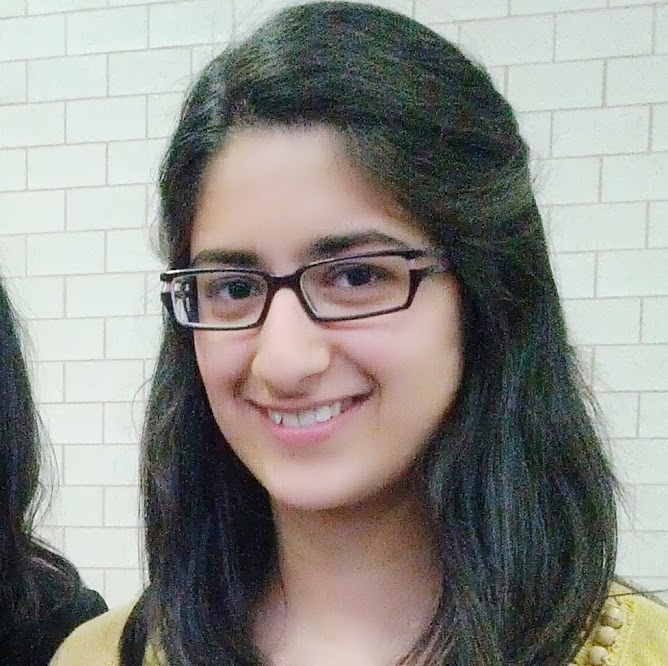by Jaime Bravo - jbravo@beneficiomarginal.com
Bennet McCallum was a reputed economist who highlighted some of the biggest questions in the economics field. Many of his questions still need to be resolved. It is the case of the gravity puzzle and the equations needed to solve the border puzzle. In the international trade literature, the border puzzle refers to the phenomena committed to study how borders participate of global trade - in the classical scenario, free trade. This theory has been developed by many economists. However, I decided to bring it to here as a part of the McCallum model because of the relevance of a paper published by Professor Anderson from Boston College and by Professor Van Wincoop from the University of Virginia - see references. The authors present that the McCallum model, based on the border puzzle, has some good points. Firstly, it correlates bilateral trade with GDP (Image 1) and with distance and other relevant factors for trade. They take into account, too, the commercial barriers established by modern states.





